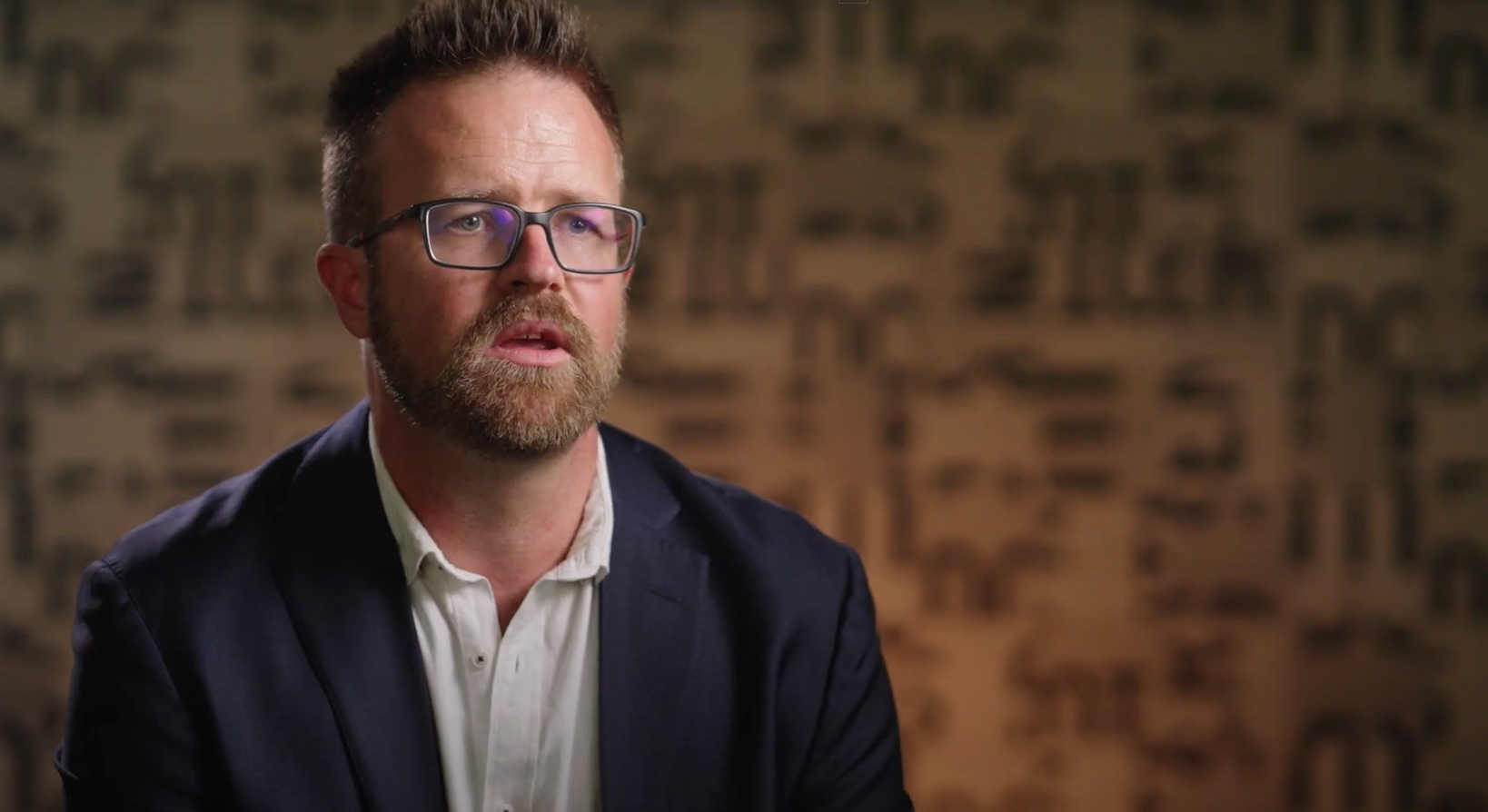Artificial intelligence may be used to help detect hidden calcium in arteries, saving lives with earlier intervention in heart disease.
Early signs of heart diseases are easily missed. However, a person’s heart attack risk can be indicated by the level of calcium built up in the blood vessel walls.
A team from Edith Cowan University’s Nutrition and Health Innovation Research Institute, in Western Australia, has been awarded a $100,000 Catalyst Partnership grant by the Heart Foundation for their potentially lifesaving research.
The team developed a state-of-the-art, AI-powered solution that automatically detects and quantifies Abdominal Aortic Calcification (AAC) on lateral spine images captured by Dual-Energy X-ray Absorptiometry (DEXA) machines which are widely used to assess people’s bone health.
Each year, approximately 700,000 people in Australia undergo DEXA bone density testing.
Amplifying the message
Team leader Professor Josh Lewis from ECU said: “There’s currently no solutions out there, and we see that this can complement and actually amplify the existing heart health approaches.”
“Currently, you can look at risk factors such as high blood pressure and high cholesterol, but they don’t give you a lot of insight into the health of your blood vessels. By looking at the calcification in your blood vessels, that tells you how much disease you actually have. This information can really add on to what we’re collecting currently and amplify the message for the individual as well.”
“The research team and I are really strong at research and also clinical work—we have lots of doctors on the team—but we’re looking to strengthen our area of commercialisation. We want to take our evidence and then be able to apply this to many, many people out in the wider community.”
A new solution
“This is really a new solution for heart health. We need to work out how it will fit with existing tests and amplify those messages that are going out. The Heart Foundation has been a leader in heart health innovation for the last 65 years, so they’ll be an incredibly valuable partner.”
“My hope for the future of heart health in Australia is that anyone can go and find out the level of blood vessel calcification, and that will give them the information they need to look after their heart health into the future.”
Along with Professor Lewis the team included: Adjunct Prof John Schousboe, Director, Park Nicollet Bone Osteoporosis Centre; Prof William Leslie, Radiology, University of Manitoba; Dr Zulqarnain Syed Gilani, Technology and Innovation, ECU; Professor David Suter, Computer Science AI & ML, ECU; Cheryl Croce, Strategic Initiatives and Operations Manager, ECU.





